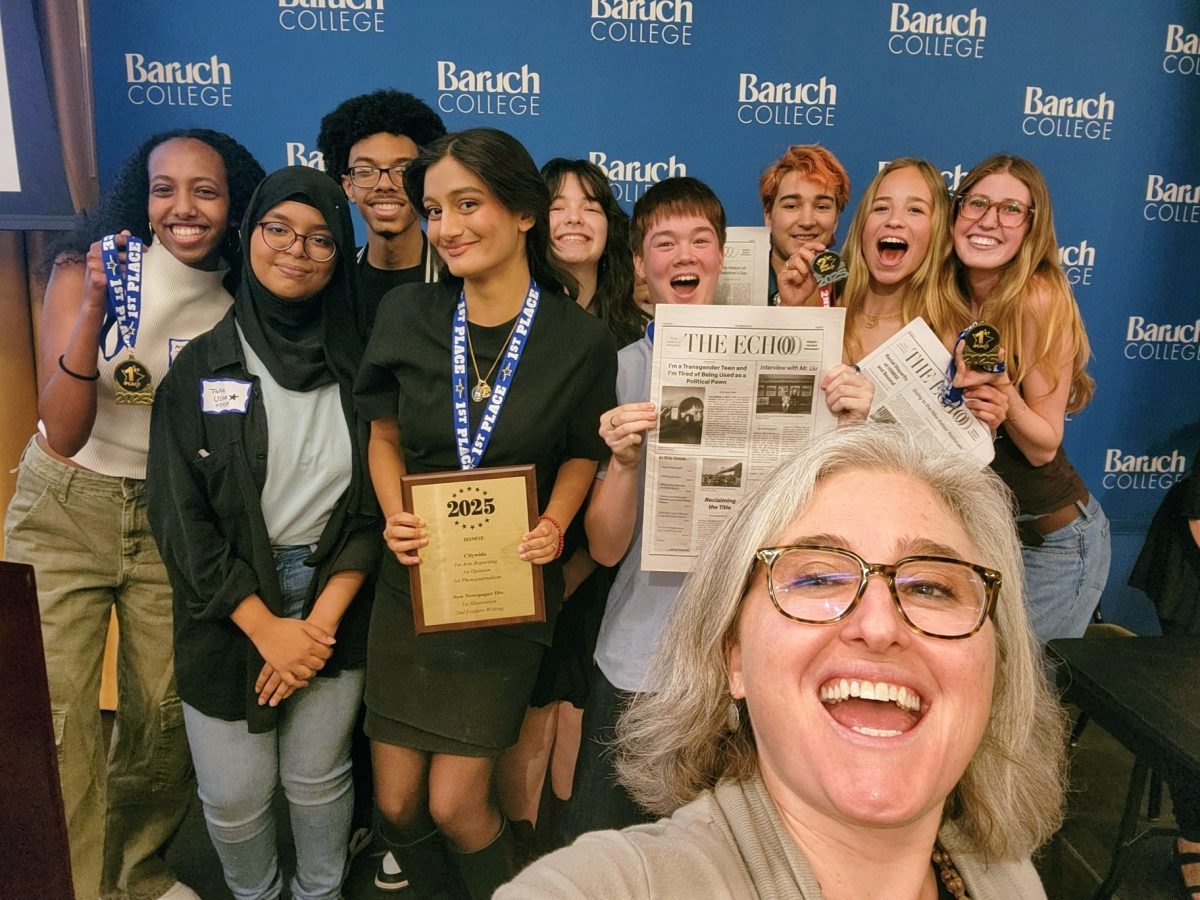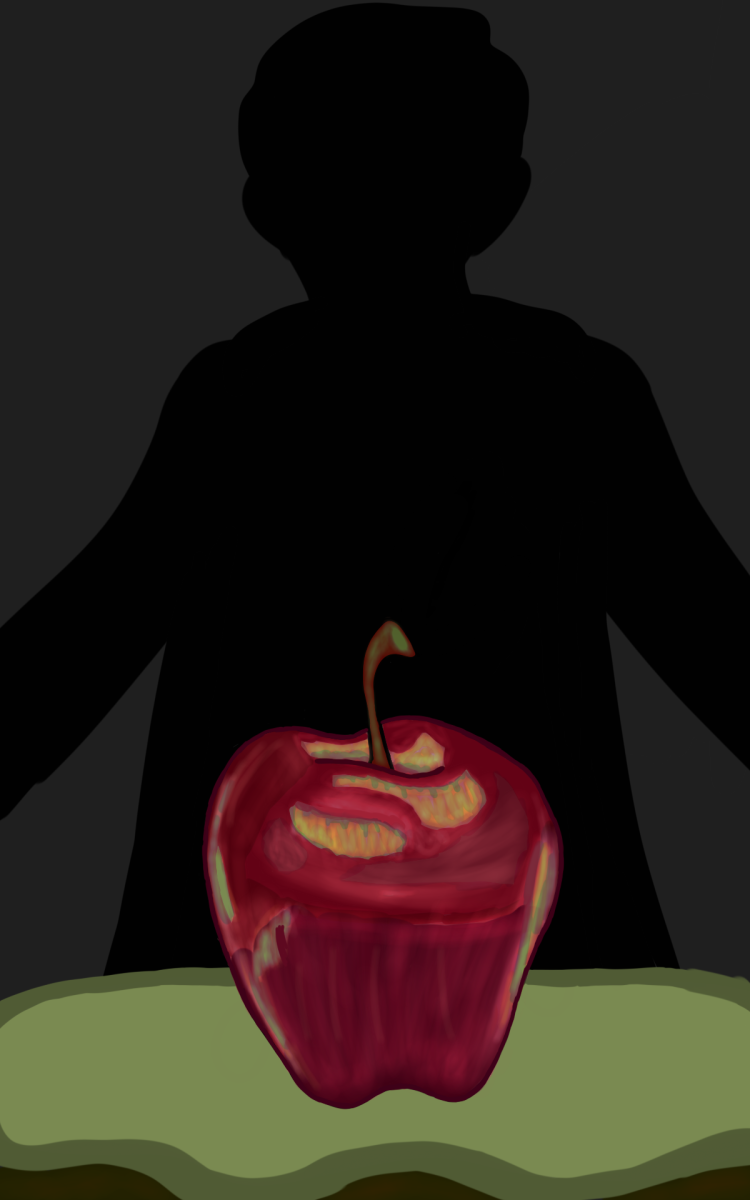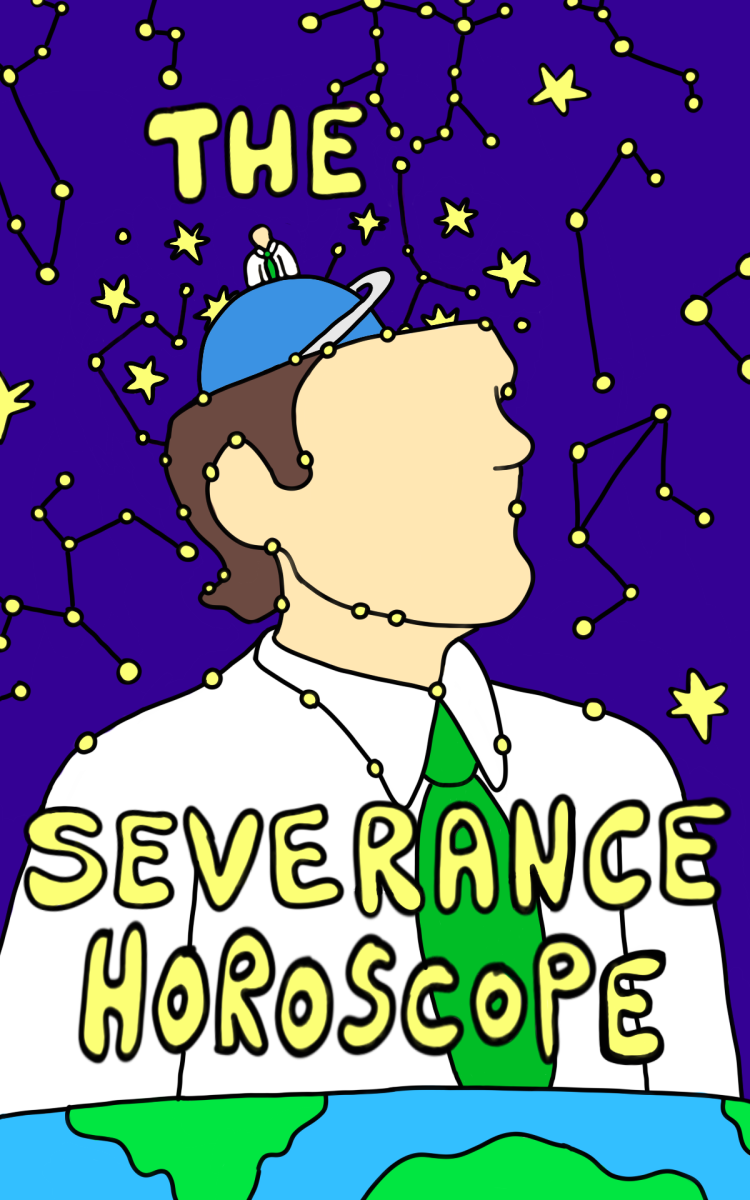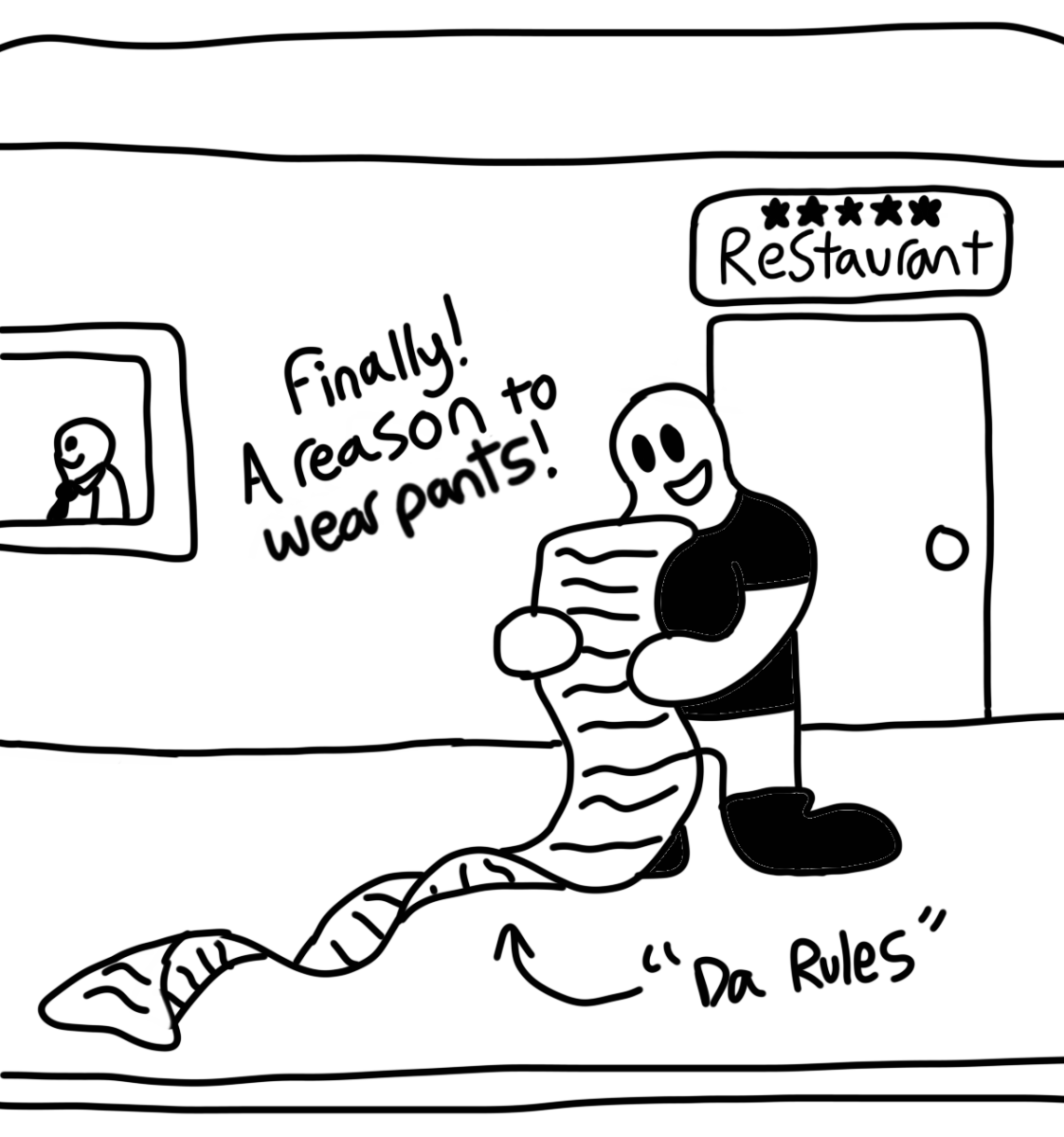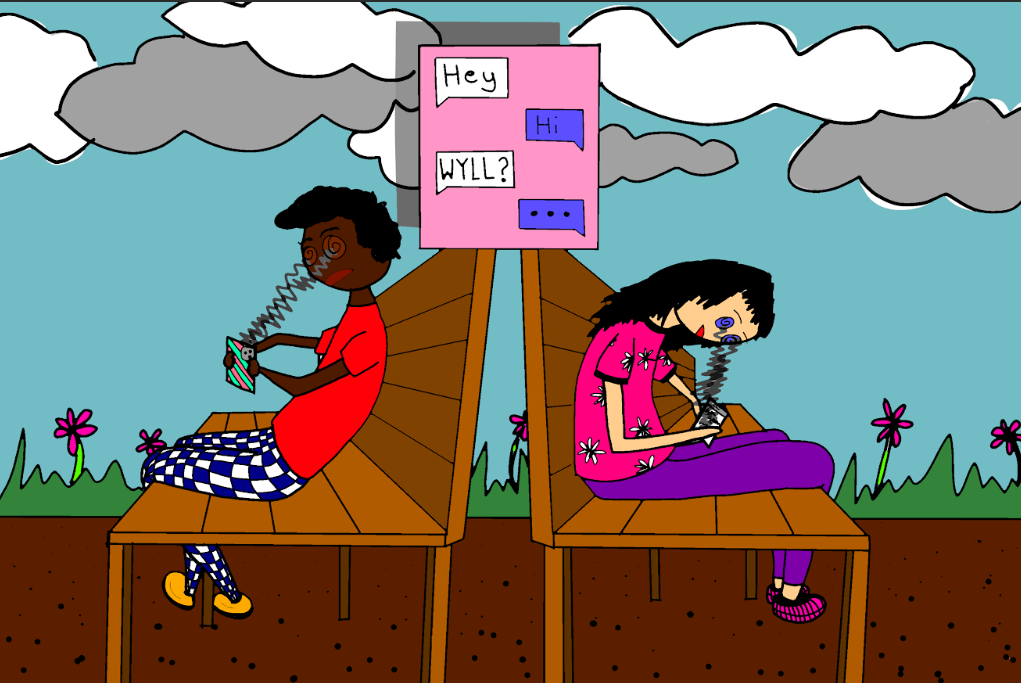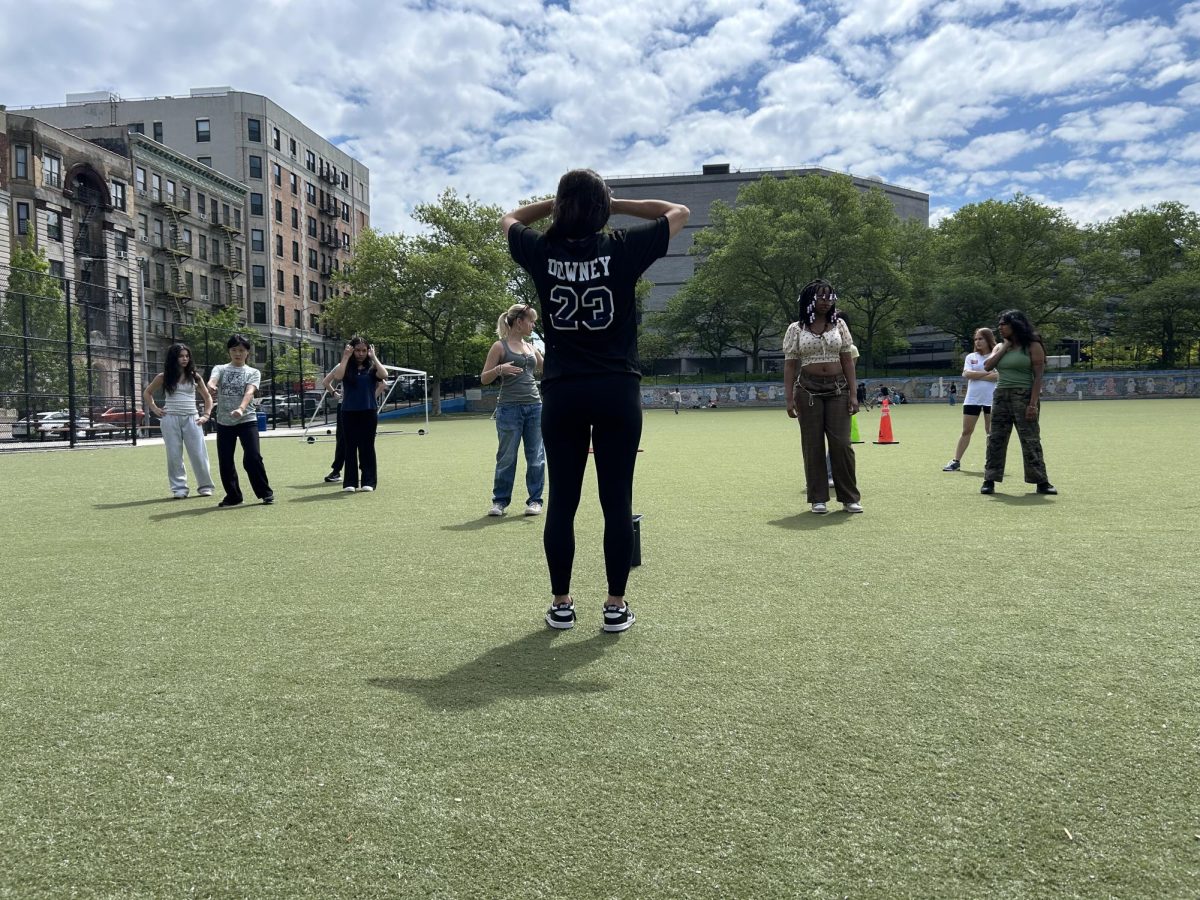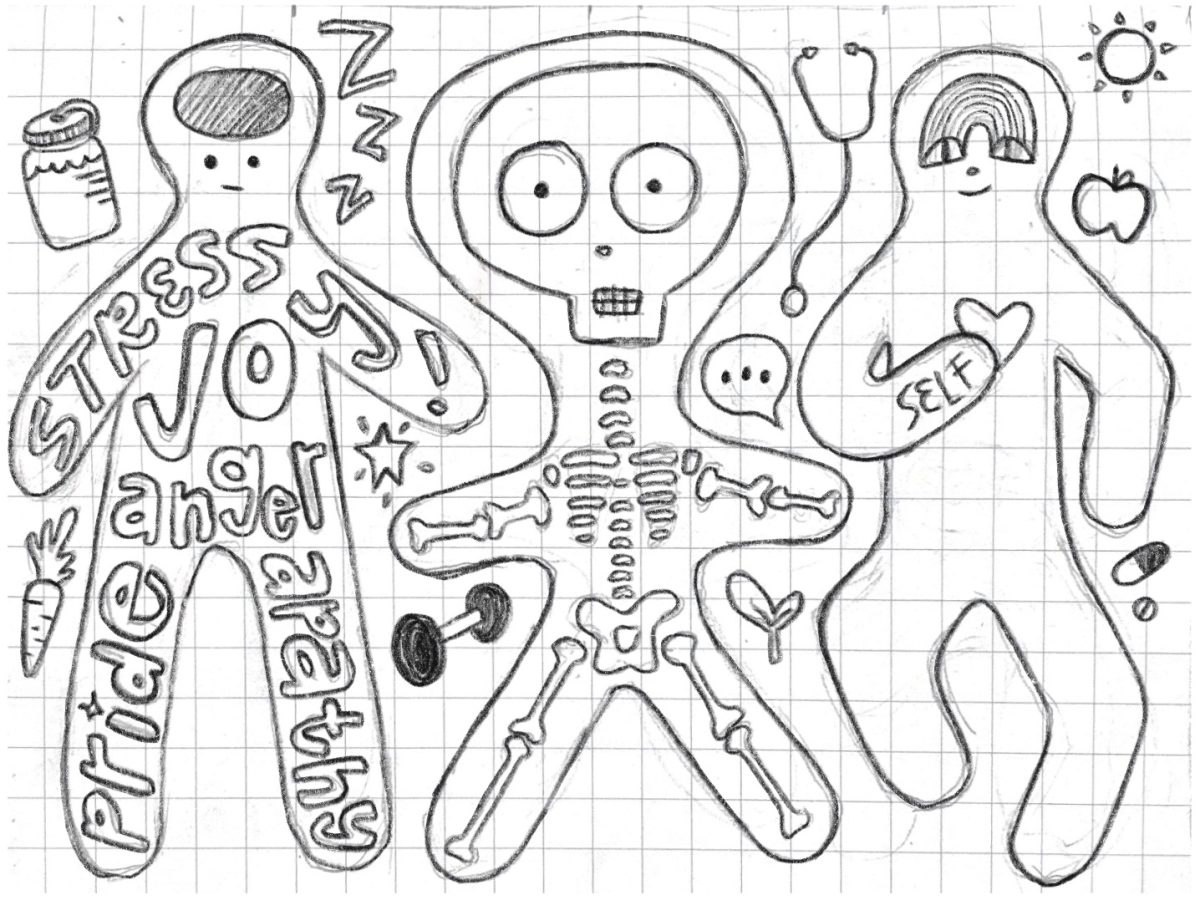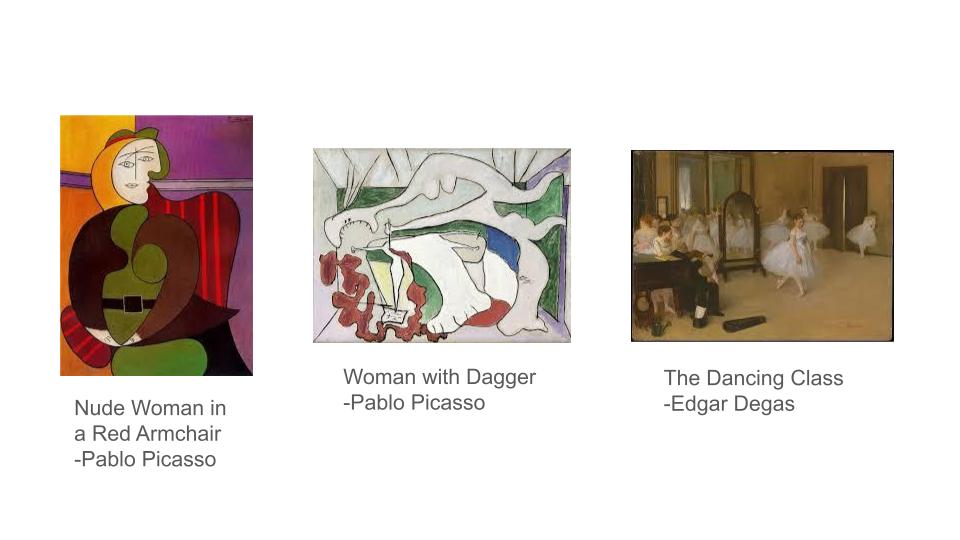From Ernest Hemingway to Michael Jackson, art is all around us. Some of the art we are most familiar with, however, was created by people we may not agree with. Should we therefore stop appreciating their art?
Pablo Picasso, a world-renowned painter, was known for his art but also his misogyny. He abused many women, and consistently found new women even during his marriage. He showed many of his mistresses in soft, feminine types of paintings, while showing his wives with harsh lines. These paintings, cruelty and all, are some of his best-known works—including Nude Woman in a Red Armchair and Woman with Dagger. The popularization of these paintings in particular highlights the misogyny of Picasso’s time, but muting his work would be like erasing the belief system of this time period. While everyone may not have had the same perception, Picasso definitely represents a viewpoint on women for the time. We can celebrate Picasso’s art and everything it represents without celebrating Picasso himself. Picasso is known for his creativity and use of one dimensionality, which influenced both art of his time and art today.
Roald Dahl, a famous children’s book author, was an anti-Semite. He publicly spoke out against Jews and supported Hitler. He also cheated on his wife when she had a stroke, so she nicknamed him “Ronald the Rotten.” Additionally, he treated his own kids poorly. Even the Oompa-Loompas in Charlie and the Chocolate Factory are reminiscent of fascist beliefs. The idea of a tribe of people being drawn to humans they encounter and then being used as slaves mimics real-world colonization. His books, though, are still read in elementary schools. Despite his personal ideologies, he was still creative with storytelling abilities. His stories are able to balance light-hearted ideas with more complicated ones in a way that forces readers into deeper thinking. Unlike many of the artists this article covers, Dahl’s beliefs come through in his work. This makes a difference in whether we should continue to support these books, as they can potentially support some of Dahl’s thoughts. Additionally, since children are the primary audience for Dahl’s work, we have to be especially careful with what we let them consume as children are very impressionable.
Singer-songwriter Michael Jackson had many sexual abuse allegations and was accused of being a pedophile. While he was able to escape these charges during his lifetime, they still linger today. His music, music videos, and dancing style were innovative and revolutionized the music industry as we know it today, and continues to be popular.
Edgar Degas, one of the best-known Impressionist painters, was very anti-Semitic, to the point where he publicly claimed all Jews were traitors and cut off every Jewish person in his life. However, his paintings (especially the ones of ballerinas) are still beautiful, and his vile personal beliefs don’t change his talent. He was even able to capture mundane, everyday moments in a creative way, and has influenced many other artists.
Modernist writer Ernest Hemingway was known for being an alcoholic, extremely old fashioned, and obsessed with the concept of manhood. He was egotistical, as well as a negligent father and husband. He was also an amazing writer, so great that despite his many flaws, many students around the world—including at HSMSE—read and study his work.
I spoke with Ms. Hesseltine about her ideas regarding whether or not we can separate the artist from their art. She conveyed that she is conflicted, because she thinks it depends on the artist. She also shared that she “wants to love artists she loves while reserving the moral right to be disgusted with people who disgust her.” When asked about how she feels teaching controversial figures, such as Hemingway, she reflects that she wouldn’t feel comfortable doing so without teaching students why he is controversial. She believes it is the students’ right to decide for themselves whether they can separate him from his art, but Ms. Hesseltine believes that his writing reflects important experiences worth talking about. She reflects that as a literature teacher, she has decided to let students decide for themselves.
Many of the greatest artists have flaws. Just because they are imperfect doesn’t mean we can’t enjoy their art. We can acknowledge that the art has value, without endorsing the person who made it. By acknowledging artists’ shortcomings, we can separate the creator from the creation and place the value on the art itself. Additionally, by allowing the viewer of the art to know the history behind the artist, we can put it in their own hands to evaluate for themselves. There is definitely a difference between these artists and their art. Some, such as Degas, had awful personal views but one can argue they do not really come through in his work. Others, such as Dahl, heavily incorporated their beliefs into their work. There is absolutely a line when it comes to differentiating what art we should endorse and what we shouldn’t, but it is up to the viewer themselves to decide where that line is.
Instead of muting art, we should incorporate more inclusive views into what art we consume. Did you notice how every artist I wrote about was a man, and most of them were white men? Throughout much of history, the viewpoints and work of white men were the only ones that were popularized and focused on. By looking at more art created by women and minorities, we can incorporate more perspectives into how we think about art and history. Ms. Hesseltine summarized our conversation by saying, “Canceling Picasso isn’t the answer, being aware of people with different experiences is.”








